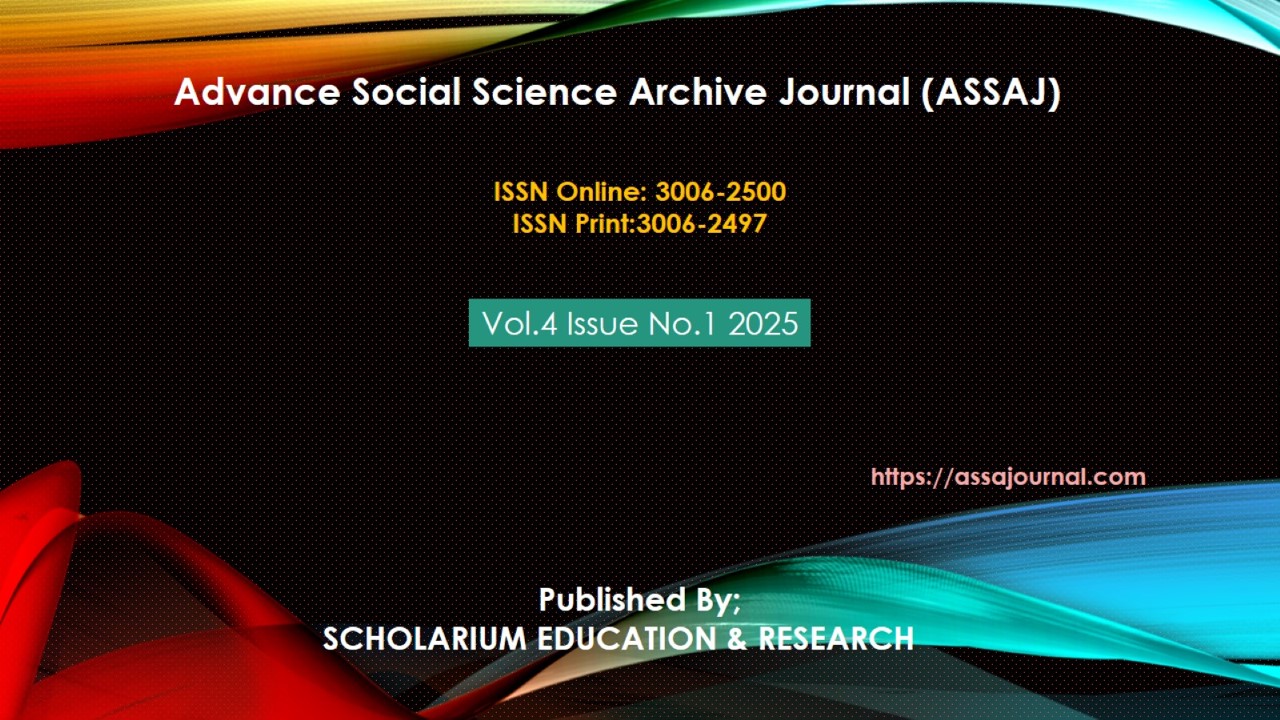The Repressed Heart of the Narrative: Nelly Dean’s Unconscious Desire and Jealousy in Wuthering Heights
Abstract
This paper takes a fresh look at Emily Brontë’s Wuthering Heights, using Sigmund Freud’s ideas to explore the character of Nelly Dean. Most people see Nelly as a trustworthy storyteller and a moral guide in the novel. But what if her actions were driven by a hidden, unconscious desire for Heathcliff? This study argues just that. By looking at Freudian concepts like the unconscious, repression, and jealousy, I’ll show how Nelly’s small actions and things she didn’t say like not stopping Catherine’s famous speech or not telling Heathcliff the truth later on actually helped push the lovers apart. Because Nelly was about the same age as Heathcliff and didn’t have many options for love herself, it’s possible she developed a secret attraction to him, which made her feel hostile toward Catherine without even realizing it. I believe Nelly’s whole story is shaped by these hidden feelings, which come out in passive-aggressive ways, like holding back information and staying emotionally distant. By putting Nelly’s inner world front and center, this psychoanalytic reading shows her as a complex character whose unconscious desires mess with the main love story, changing how we see both her and the novel’s tragic ending.
Keywords: Wuthering Heights, Nelly Dean, Unconscious Desire, Jealousy, Narrative Voice, Repression, Psychoanalytic Criticism





